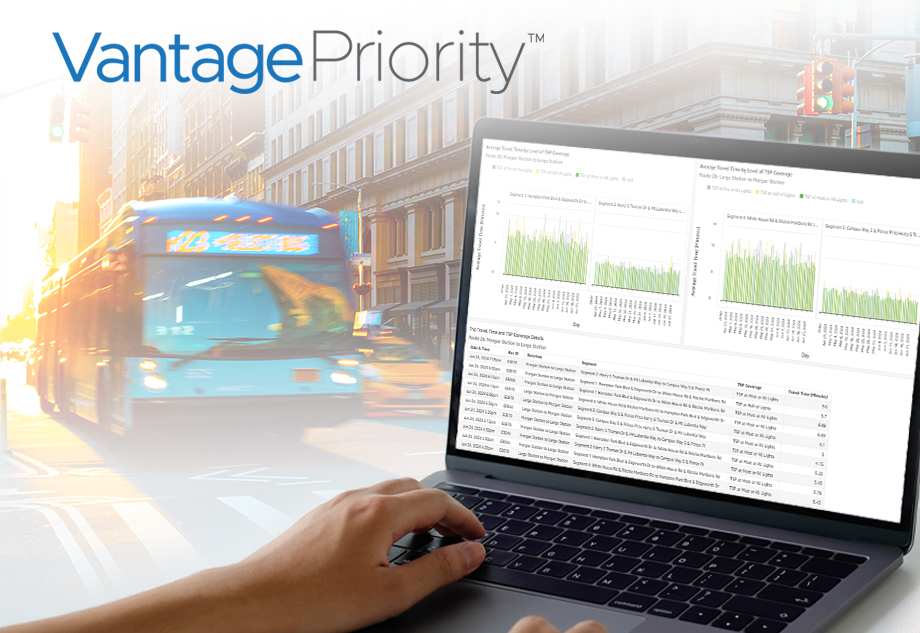
Case Study: Hillsborough MPO Leverages Iteris’ ClearGuide to Streamline Data Collection and Calculation

Hillsborough MPO used free tools available to them to calculate travel time reliability, which could take multiple days and involved several people within the organization to pull data required to calculate these metrics. The MPO also had to work across multiple platforms to understand how incidents impacted travel times within the county. What they discovered when working with agencies within the county was that there were duplicate efforts to collect and produce data across the county; each agency also had their own methodologies for calculating congestion related metrics. Couple that with multiple individuals working on a single project and this is a recipe for error within analysis. This siloed approach made it nearly impossible to share data across agencies to create regional dashboards to facilitate collaboration from the MPO to local agencies.
Download the case study to learn more about how Hillsborough leveraged ClearGuide to streamline data collection and calculation.
About the Author:

James Esquivel is a marketing manager at Iteris.
Connect with James on LinkedIn.
About the Author

 X
(Twitter)
X
(Twitter)
 Facebook
Facebook LinkedIn
LinkedIn Copy
Link
Copy
Link Email
Email

